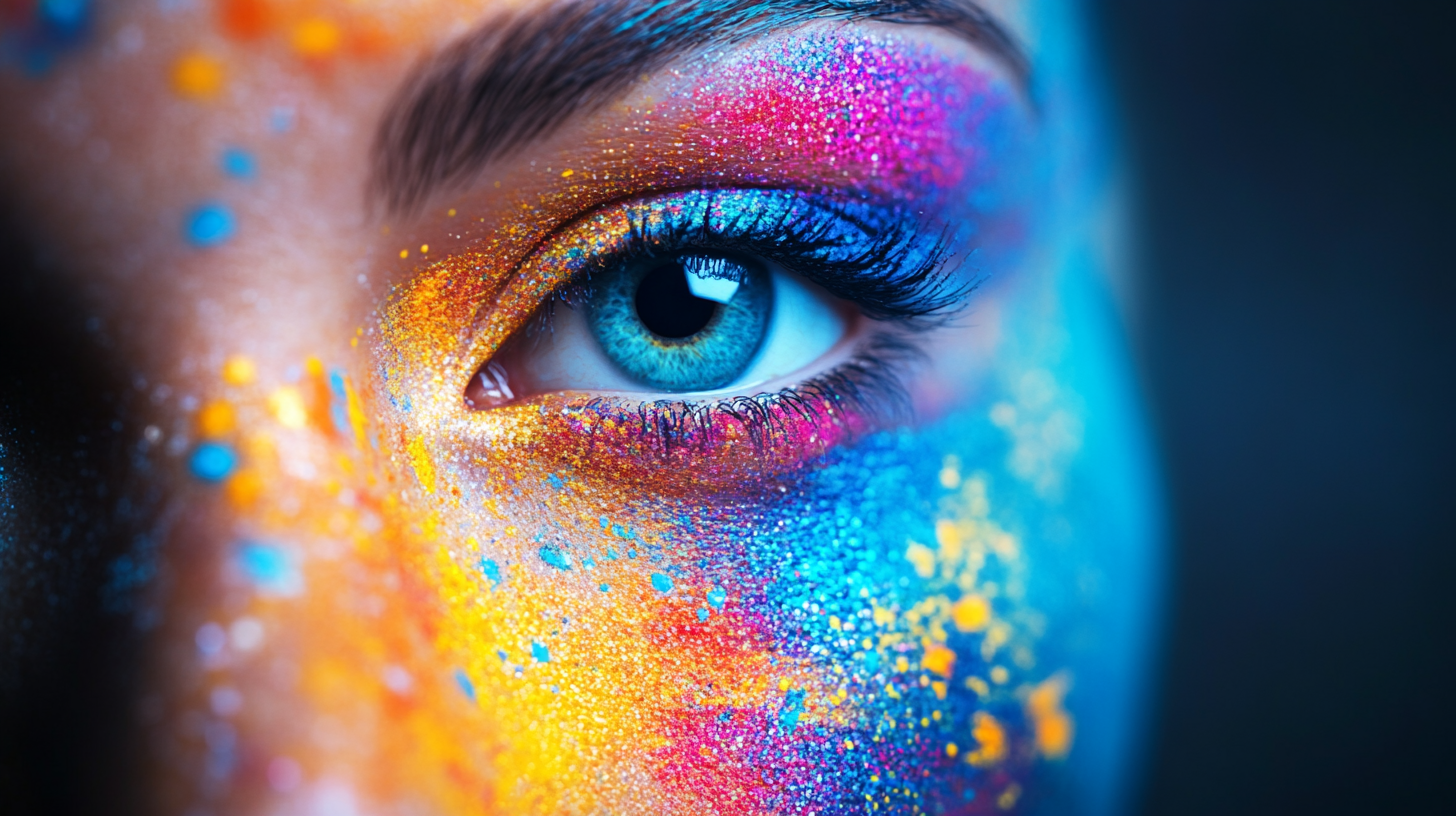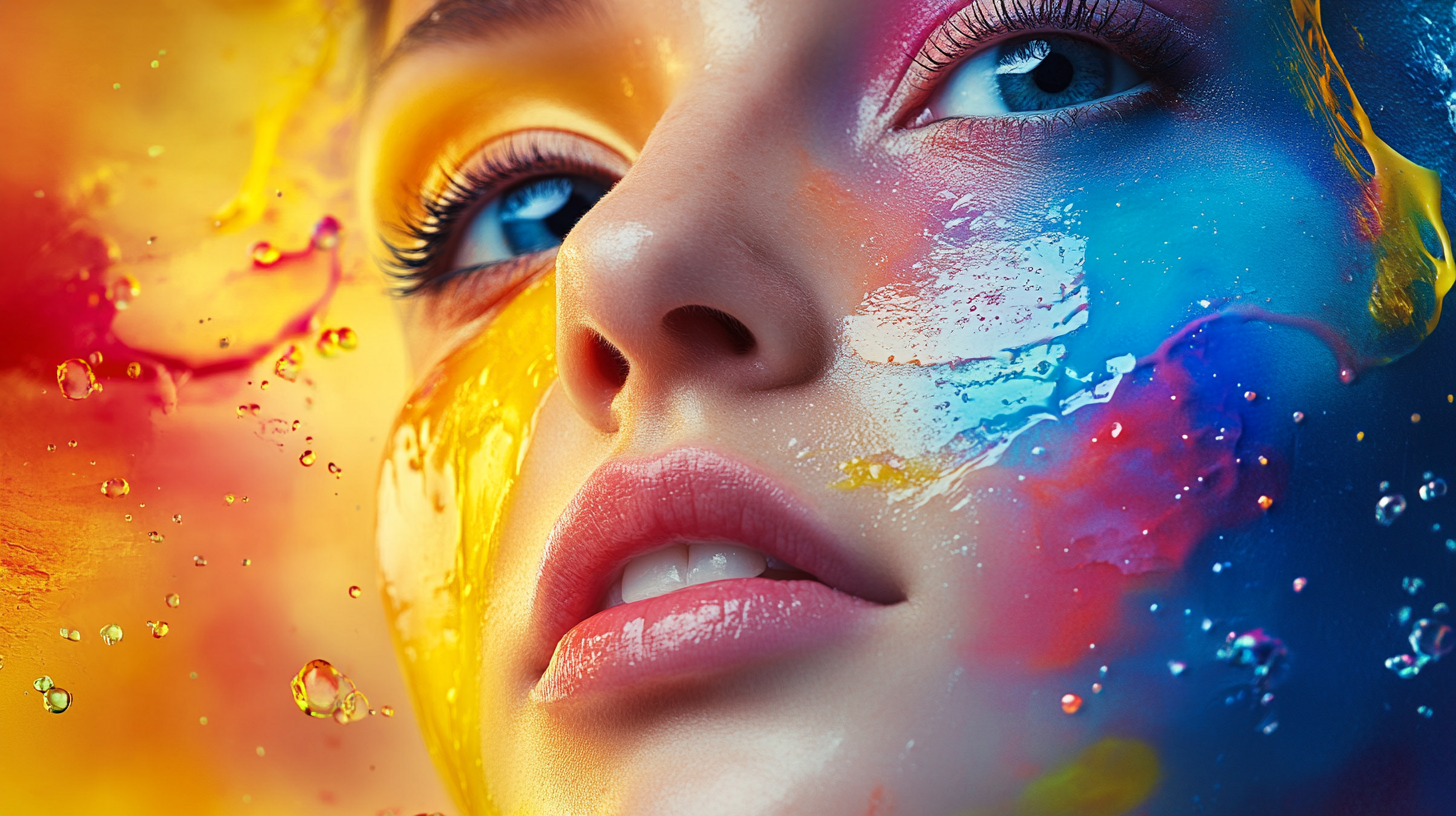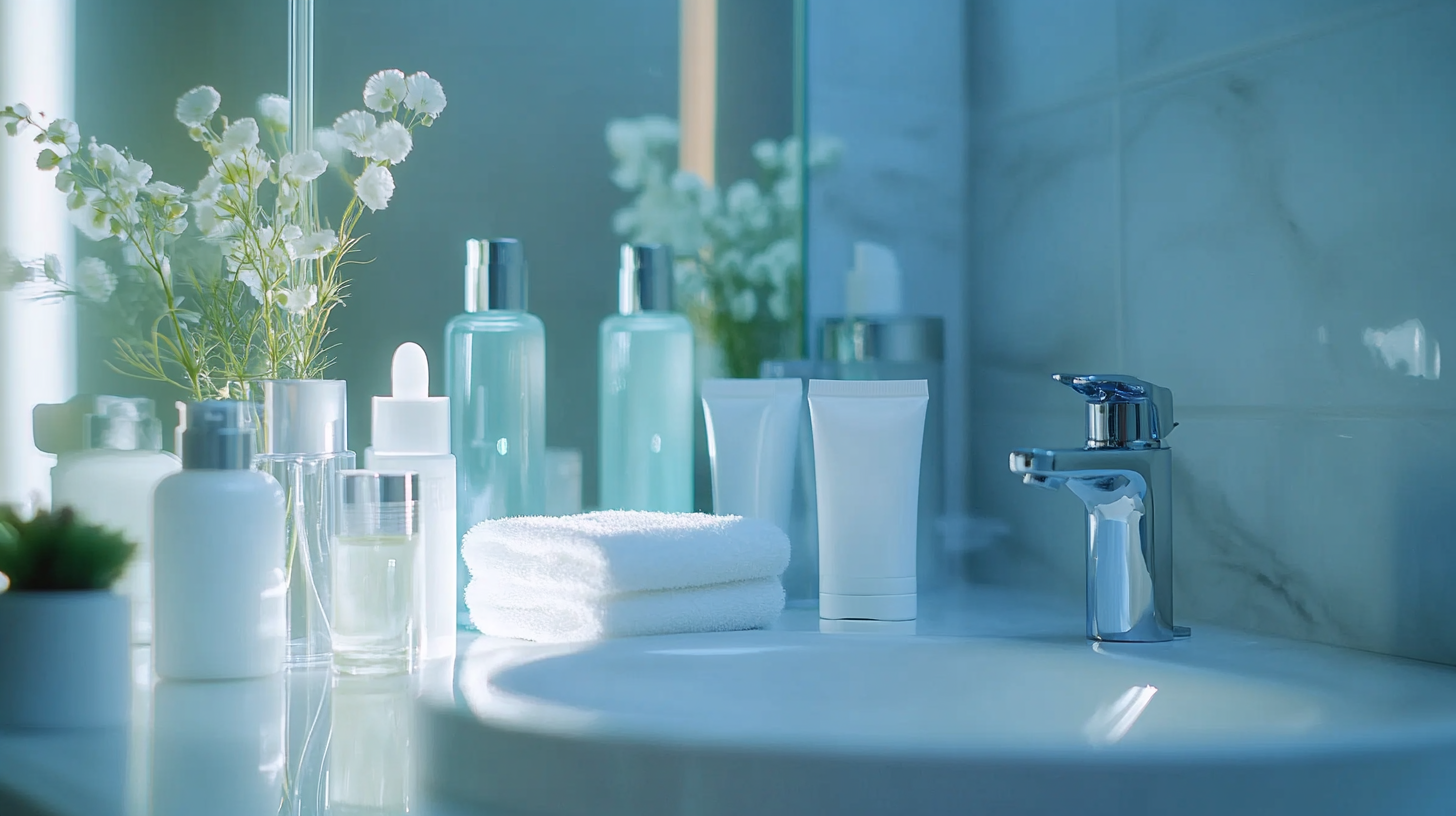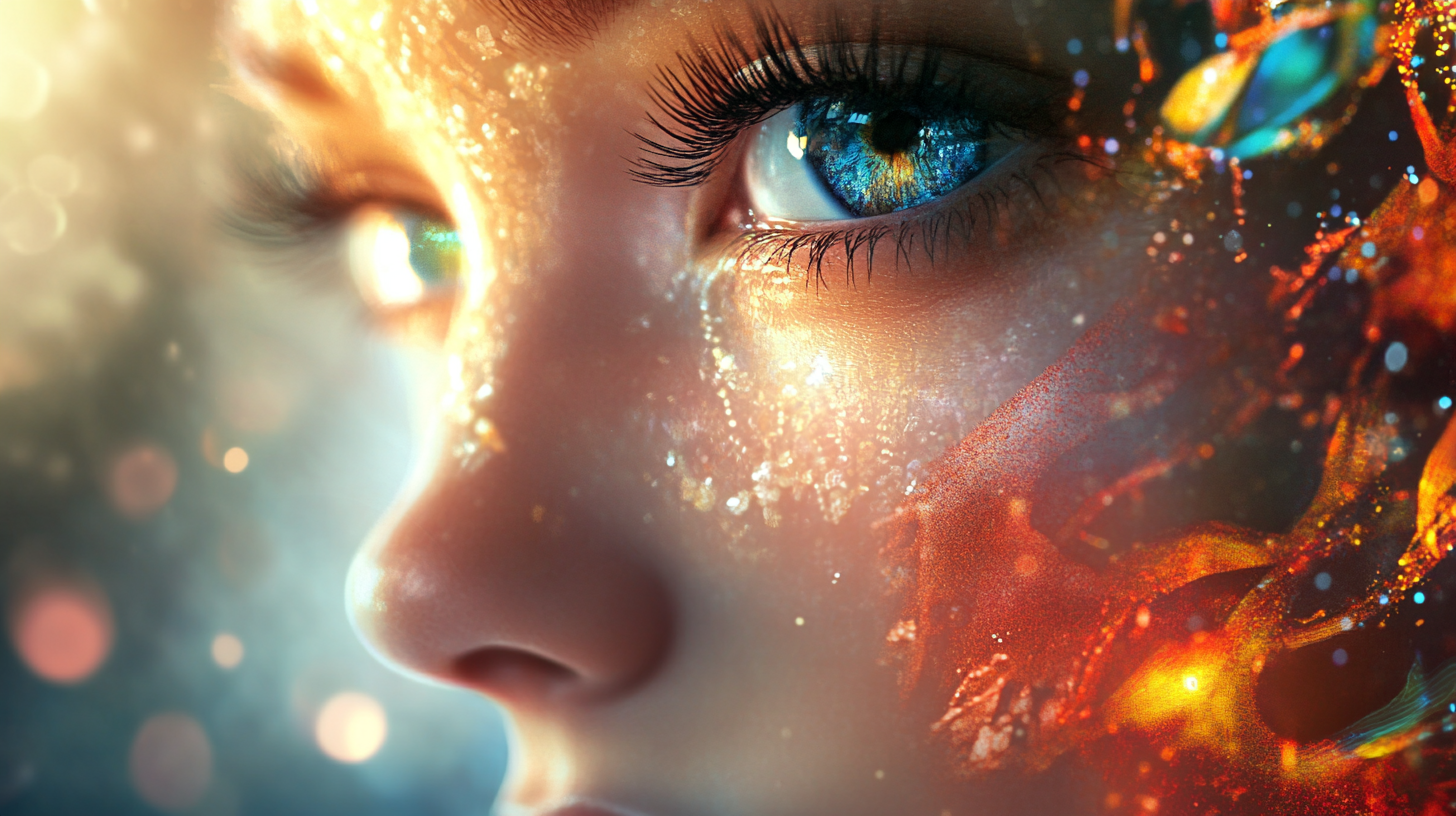Innovative Beauty And Personal Care Products Transforming Global Market Trends
The Beauty and Personal Care market is undergoing a transformative phase, driven by innovative products that cater to the evolving preferences of consumers worldwide. According to a recent report by Statista, the global beauty and personal care market was valued at approximately $511 billion in 2021, and it is projected to reach around $716 billion by 2025. This growth rate underscores the increasing demand for new and effective solutions that address diverse consumer needs, from skincare and haircare to cosmetics and wellness products. The surge in interest towards natural and sustainable products further reflects a shift towards conscious consumption, as more individuals seek out brands that align with their values.
Moreover, the rise of e-commerce and digital marketing has revolutionized the way consumers interact with beauty and personal care brands. Insights from the McKinsey & Company report indicate that over 30% of beauty sales are now made online, highlighting a pivotal shift in shopping behavior that brands must adapt to. As innovative formulations and advanced technology reshape product offerings, the industry is poised to not only attract new consumers but also foster brand loyalty among those seeking personalized experiences. Thus, the ongoing evolution of the Beauty and Personal Care landscape offers a fertile ground for exploration, revealing emerging trends that are set to define the market in the years to come.

Innovative Ingredients Driving the Future of Beauty and Personal Care Products
The beauty and personal care industry is witnessing a transformative wave, driven largely by innovative ingredients that cater to the diverse needs of consumers. As consumers become more savvy about what goes into their products, brands are stepping up to the challenge by sourcing unique, high-performance ingredients that not only enhance efficacy but also prioritize skin health. From potent botanical extracts to advanced synthetic compounds, these innovative ingredients are reshaping formulations and setting new standards for quality and effectiveness. One of the most notable trends is the rise of clean beauty. Consumers are increasingly drawn to products that are free from harmful chemicals, leading brands to explore alternatives that leverage natural ingredients while maintaining product performance. Ingredients like adaptogenic herbs, which help the skin combat stress, and probiotics, which balance the skin’s microbiome, are gaining traction for their holistic benefits. Furthermore, advancements in biotechnology have enabled the development of lab-created ingredients that mimic natural compounds, delivering targeted results without the environmental impact. In addition to focusing on safety and sustainability, the market is also seeing a shift towards inclusivity. Innovative formulations are being created to address a wider range of skin types and tones, ensuring that beauty is accessible to everyone. This focus on personalization ensures that consumers find products tailored to their individual needs, fostering a sense of empowerment in their beauty routines. As the industry evolves, the integration of innovative ingredients will continue to define the future of beauty and personal care, paving the way for products that not only enhance beauty but also contribute positively to overall well-being.

Sustainable Packaging Trends Shaping Consumer Preferences in the Beauty Industry
In recent years, the beauty and personal care industry has been significantly influenced by a growing emphasis on sustainable packaging. As consumers become more environmentally conscious, brands are increasingly innovating their packaging solutions to meet these evolving preferences. This shift is not just a trend but a necessary response to the demands of a market that values both quality and sustainability. According to a recent market study, the global natural cosmetics market is projected to reach USD 76.5 billion by 2033, growing at a CAGR of 5.4%. Such figures reflect a substantial transformation within the industry, where sustainable practices are becoming a hallmark of brand identity.
Brands are exploring diverse materials and methods to reduce their ecological footprint. From biodegradable packaging to refillable systems, companies are finding creative ways to attract consumers who prioritize sustainability in their purchasing decisions. As consumers actively seek products that not only enhance their beauty but also contribute to the well-being of the planet, the beauty industry is responding with a plethora of options that cater to this demand. Innovative designs, coupled with the use of natural ingredients, are becoming critical elements that define modern beauty products.
Moreover, the integration of advanced technology is fostering new marketing trends that resonate with an eco-aware audience. Digital platforms enable brands to showcase their commitment to sustainability, allowing consumers to engage with the narrative behind their products. This relationship between technology and conscious consumerism is set to shape the future of beauty, ensuring that as the market grows, it nurtures the principles of sustainability it now champions.

The Rise of Digital Tools and Their Impact on Consumer Engagement in Personal Care
The rise of digital tools has significantly transformed consumer engagement within the beauty and personal care industry. Gone are the days when customers relied solely on traditional advertisements; today, social media platforms and mobile applications play a pivotal role in shaping consumer preferences and behaviors. Brands are leveraging these digital platforms not just to market products, but to create immersive experiences that allow consumers to interact with their offerings in real time.
Through augmented reality (AR) and artificial intelligence (AI), consumers can try on makeup virtually, explore skincare regimens tailored to their unique needs, and receive personalized recommendations from their favorite brands. These tools create a more engaging shopping experience and foster a sense of community among users. Social media influencers amplify this engagement, offering tutorials and honest reviews, which help potential buyers make informed decisions while feeling a connection to their chosen products.
Additionally, data analytics driven by digital tools enable brands to track consumer preferences and trends closely. By understanding consumer behavior and feedback, companies can continuously innovate and refine their products and offerings. This two-way interaction not only enhances customer satisfaction but also builds brand loyalty, as consumers feel more involved and valued in the brand journey. As the digital landscape evolves, brands that adapt to these trends will likely lead the market, redefining the beauty and personal care experience.

Market Data: Growth Projections for Innovative Beauty Products Through 2025
The beauty and personal care industry is witnessing a significant transformation, driven by innovative product offerings and evolving consumer preferences. According to a recent report by Grand View Research, the global beauty market is expected to reach $800 billion by 2025, with a compound annual growth rate (CAGR) of 5.3%. This growth is largely fueled by the adoption of clean beauty products, which emphasize sustainability and transparency. In fact, the clean beauty segment alone is projected to grow at a staggering 10.4% CAGR during this period.
Millennial and Gen Z consumers are at the forefront of this shift, demanding more personalized and ethical beauty solutions. The Nielsen Global Beauty Survey indicates that 67% of millennials are willing to pay more for products from brands committed to positive social and environmental impact. Additionally, technological advancements such as augmented reality (AR) and artificial intelligence (AI) are enhancing the shopping experience, making it easier for consumers to find products that cater to their specific needs. One such trend is the rise of AR apps, which allow users to virtually "try on" products, thus increasing customer engagement and reducing return rates.
Furthermore, the skincare category is leading the charge in innovation, with a projected annual growth rate of 7.9% through 2025, according to a report by Research and Markets. This growth is largely propelled by the rising interest in wellness-oriented products, such as those infused with botanicals and adaptogens. Brands that leverage these trends by introducing novel formulations and catering to niche markets are well-positioned to capture a significant share of this expanding marketplace. As consumer preferences continue to shift towards innovation, sustainability, and personalization, companies that adapt quickly will thrive in the competitive beauty landscape.
Consumer Behavior Shifts: How Millennials and Gen Z Are Redefining Beauty Standards
The landscape of beauty and personal care products is undergoing a remarkable transformation, largely driven by the values and preferences of Millennials and Gen Z. These two generations are not merely consumers; they are influencers who reshape industry standards with their unique perceptions of beauty. Unlike previous generations, they prioritize authenticity and inclusivity, leaning towards brands that celebrate diversity and challenge traditional beauty norms. This cultural shift is evident in their demand for products that reflect their identities, leading to a surge in niche brands that cater to a broader spectrum of beauty ideals.
Millennials and Gen Z are also tech-savvy and vocal about their preferences, often turning to social media platforms to voice their opinions on brands and products. They seek transparency from companies regarding ingredients, ethical practices, and sustainability. This desire for conscientious consumption means that brands must adapt by not only reformulating their products to meet safety and ethical standards but also by engaging in transparent marketing. As a result, brands that tell compelling stories and demonstrate social responsibility win the loyalty of these discerning consumers.
Additionally, the rise of social media influencers has further amplified these trends. Many young consumers are influenced by their favorite personalities who advocate for unique beauty expressions rather than adherence to conventional standards. This has created a marketplace where personalization and individuality are critical. As Millennials and Gen Z continue to redefine beauty standards, the beauty and personal care industry must innovate and evolve to stay relevant and resonate with this new generation of consumers.

